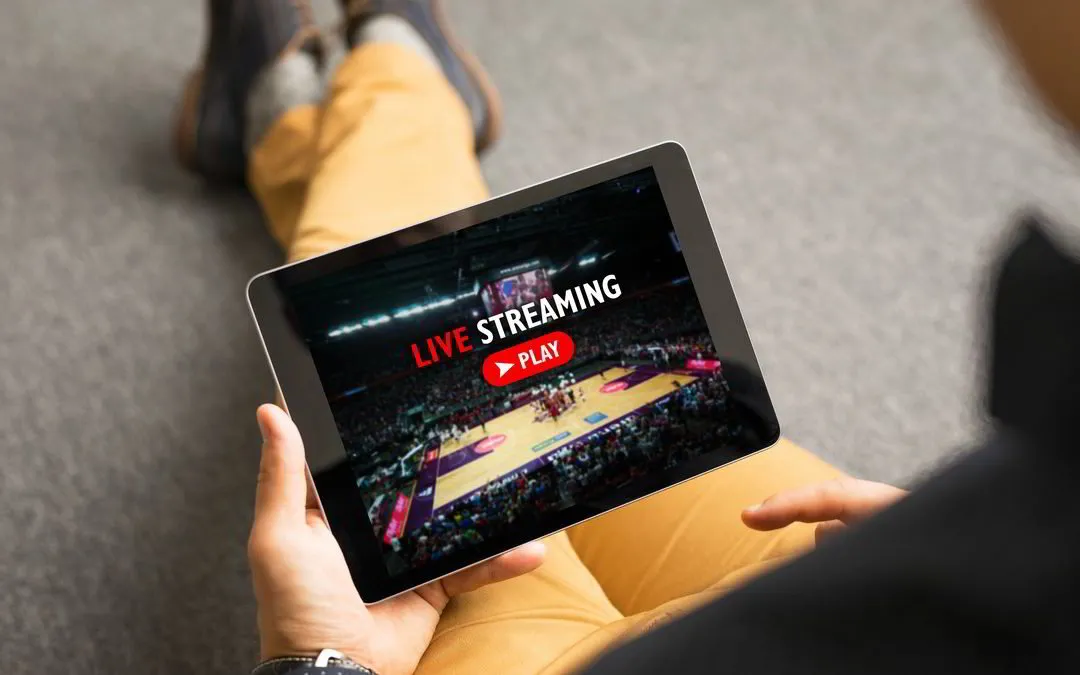There’s been a shift in traditional TV ad buying, and we know you’re curious about it. However, what will digital TV buys do for your business? We wanted to offer our expert perspective on Connected TV (CTV) so you can make educated choices.
If you haven’t noticed, there has been an incredibly rapid change in consumer viewing behavior. According to eMarketer, Connected TV accounts for more than 1 in 5 hours of all TV viewing right now. 74% of US households still have cable, but the same number is also streaming content on Connected TV.
So, what happens when you buy advertising on this new platform? Connected TV is more than buying an ad slot during primetime TV. It’s audience targeting while people are streaming their favorite shows and movies.
It’s interesting because this “shiny new” option isn’t the overwhelming choice at this point for advertisers. They are still buying a traditional TV; we see that the shift in ad budgets is a bit slower moving than the shift in people who are watching Connected TV. However, more and more advertisers are looking to digital TV to supplement their traditional TV buys.
How Does It Work?
Digital TV inventory is mainly purchased through private exchange deals or direct integrations with providers like Hulu. However, there is a marked shift in buying the Connected TV device, beyond the network deal. With Connected TV, marketers can target the audience on the device, and not be restricted to the content/programming. Rather than relying on ratings for specific shows or channels, marketers can use programmatic technology to reach a more specific set of customers, like women with a $150,000 household income, who own a Honda. Advertisers don’t care if that ad shows up on the Hallmark Channel or Grey’s Anatomy, as long as the target audience is watching.
In addition to the content/network/programming solutions, we look to target the device (Smart TV, Roku, Gaming Consoles, and so on) like you would target mobile or tablet devices.
In purchasing traditional television, the advertiser commits to some spots delivered within a particular time-frame or programming schedule. Certainly, you do research and make assumptions about the programming your ideal customer is consuming, but again, you make all those decisions up front, and that’s the schedule that gets delivered.
With digital TV it’s different- we run the spot across multiple publishers, networks, and programs and see real-time performance stats. We can then optimize the strategy to deliver the spot to the best performing programming. Completion-rates from those multiple platforms mean a lot to us as we fine-tune that strategy. We can track and optimize against cross-device conversions – pushing more budget toward the programs, networks, and publishers that are giving us the best performance and turning away from those that are less valuable.
So, not only is your reach much broader, but we’re also making shifts day-to-day toward optimal performance for your business. That’s completely different from traditional TV where you hope you’ve made the right assumptions up front on placement.
How Do We Know It’s Working?
How do we know you’re getting conversions? We look across devices after the viewer sees the ad. Conversions on a digital TV campaign are recorded using cross-device conversion attribution. Essentially the CTV device is linked to other devices – mobile, desktop, tablet – in the household through the IP address. For example, a user sees the video ad on their CTV device, then goes to the customer’s website on their desktop and makes a purchase or fills out a form. That conversion action, the purchase or form fill, is attributed back to the user having seen the video ad on their CTV device.
A slight word of warning, as we want to be completely transparent with you on this option. Before you jump into the technology with your next ad buy, make sure you understand the pricing structure. Compared to other digital media (display ads, PPC, social media) CTV is costly. However, in comparison to traditional TV, the prices are significantly lower. A single: 30 ad spot on a local TV station could cost anywhere from $200-$1500. Digital TV is purchased at a cost per thousand. Advertisers can purchase one thousand: 30 CTV spots for well under $200.
The Bottom Line
We’ve given you a lot to consider- but ultimately, we’re here to help you make decisions and use this option to the best of your ability! Smart 1 Marketing helps advertisers by reviewing their target audience, helping define who their ideal customer is. Then we use that detail to target that user while they are consuming digital video content. We leverage over 500 private exchange CTV deals and pair them with over 125,000 audience segments. We can also follow a more linear path, mirroring an advertiser’s traditional TV buy in terms of day-parting and advertising impact.
Let us know if we can start some Connected TV ad buy research for you!

